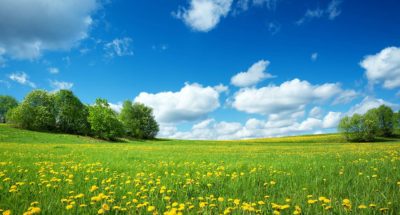
Beauty Everywhere
Students use singing as a way to express gratitude.

Students use singing as a way to express gratitude.
Students will:
Take a moment to breathe deeply, close your eyes, and listen to Louis Armstrong’s “What a Wonderful World.” How do you feel after listening to this song?
“Nurturing Gratitude From the Inside Out: 30 Activities for Grades K–8” was originally developed by The Inner Resilience Program, in partnership with the Greater Good Science Center and the John Templeton Foundation.
For the entire curriculum, click here.
Do you notice whether students are seeing beauty in their surroundings more often after engaging in this practice?
In addition to its benefits for adults, research suggests that gratitude is also good for youth, going hand in hand with greater hope and optimism, higher satisfaction with life, and fewer health complaints.
Students who experience greater positive emotions may put in more effort to overcome obstacles, engage in classroom activities more, and be less stressed at school. In addition, positive mental health in childhood is linked to educational achievement and professional success later in life.

Do you want to dive deeper into the science behind our GGIE practices? Enroll in one of our online courses for educators!
Comments